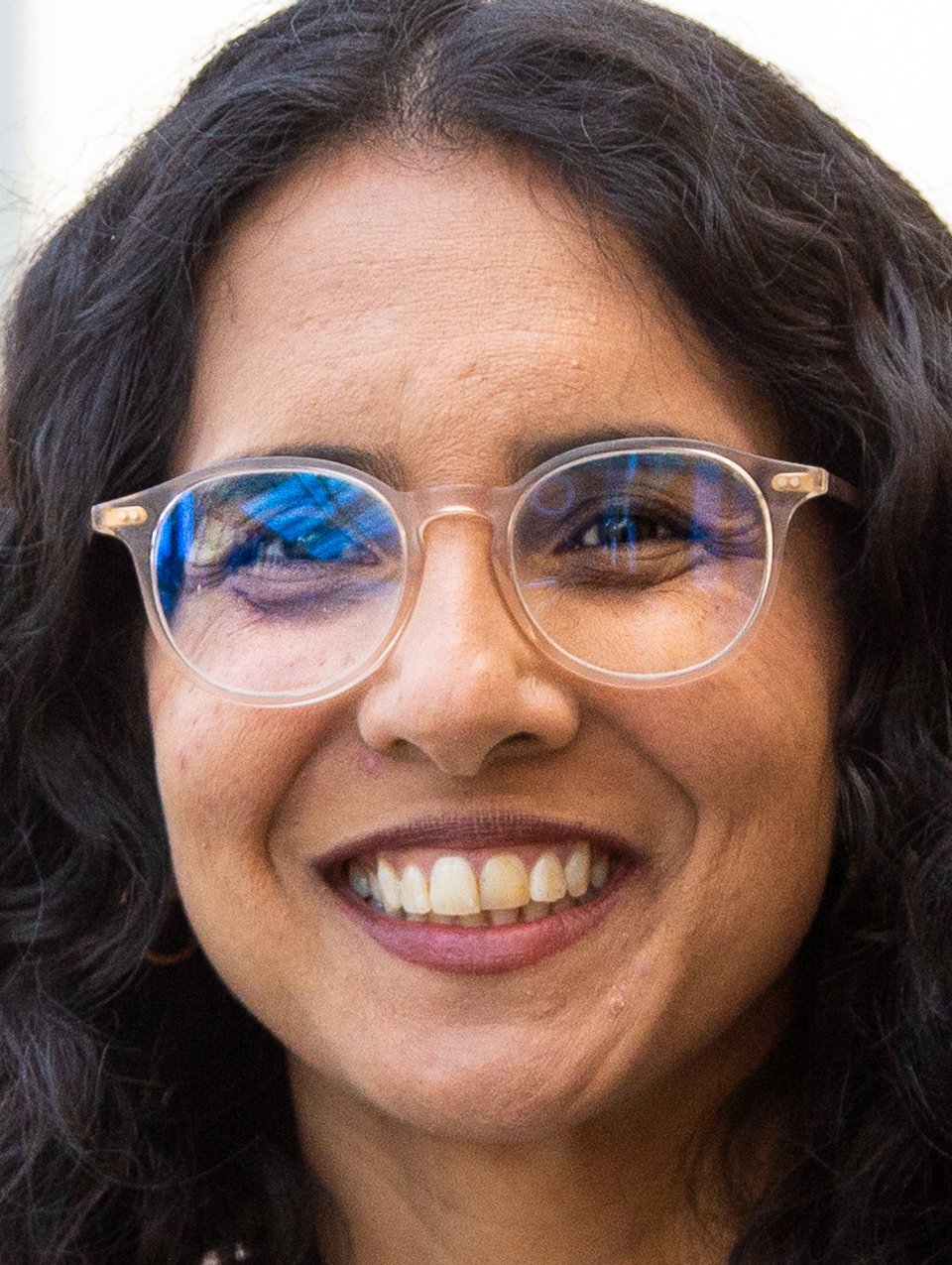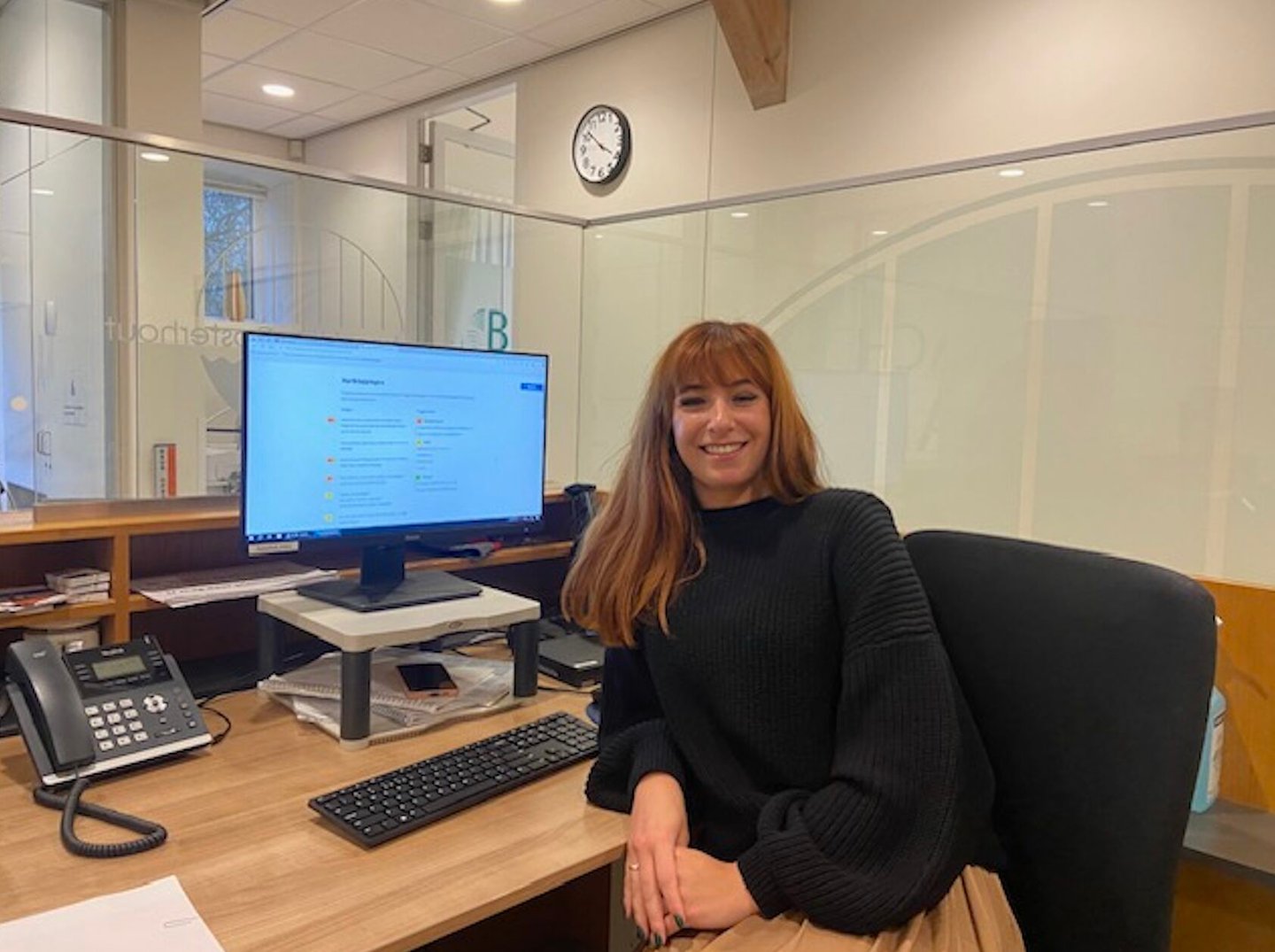Patients in the Netherlands can’t go to the ER without a GP referral
Meet Kris Arts and Lara Nijdam, two “practice assistants” who work in Dr. Tim olde Hartman’s family practice in Holland—and the secret sauce explaining why GPs in the Netherlands can look after a large panel and provide timely access.
In Dutch, they are called doktersassistente which literally translates to “doctor assistant.” But they’re not the same as physician assistants in Canada. To me, they seem to perform duties somewhere between a medical office assistant and a nurse. I got to meet them while on a visit to the Netherlands last month examining how the nation makes sure that more than 95% of citizens have a family doctor.
Practice assistants play a huge role triaging patients who call and resolving issues that don’t need to be seen by a GP. They are trained to be able to ask appropriate questions for a number of common conditions and provide related advice. For example, they may counsel a parent calling about a child with a fever about supportive treatment at home if there are no worrisome signs. The algorithms are all publicly available for them (or others) on this website: https://lnkd.in/grhghunD and based on guidelines from the Dutch college of GPs
They also resolve administrative tasks e.g. changing referrals or, after reviewing the chart, suggesting a prescription renewal (which the doctor would then approve with a click).
If a patient has an urgent issue, they book a same-day MD doctor appointment. They are well trained to be able to identify what can wait one day or more. If they are unsure how to respond to a phone call, they will consult the physician (often by scheduling time to talk when the physician has a break in their schedule). They then call the patient back themselves.
They also see patients 1:1 in the office (what they call “consultations“) and can perform a number of tasks independently including immunizations, pap tests, ear syringing, wound care and more.
Posts from Netherlands
From my understanding, you can become a practice assistant after three years of training after high school. The training is very practical with lots of role play in the classroom and some time in clinic. In addition to the clinical knowledge, they spend a lot of time learning communication skills e.g. how to build trust , respond when a patient gets angry etc. (Nijdam is actually a med student between years three and four of study.)
In Dr. olde Hartman’s practice, there were about six practice assistants working on the Monday I visited. Four were answering the phone in the morning, one was at the front desk and another was doing consultations. By 4 p.m., those on the phone had fielded about 220 calls, resolving many of them.
Importantly, patients in the Netherlands can’t go to the ER without a GP referral. So it’s essential that GPs have timely availability on the phone and in person—and practice assistants make that possible. It’s a team role I think we need in Canada!
Are they the only reason that GPs can manage large rosters and provide timely care? No. Other reasons include nursing mgmt of chronic conditions, IT efficiencies, less admin burden, less care seeking, and less preventive care.
ED gatekeeping
One of the reasons GPs in the Netherlands need to provide timely access: they are gatekeepers for the emergency department.
Most EDs will not accept patients who walk in. If they do walk in, they are told to contact their GP (or if between 5 p.m. and 8 a.m., the after hours service run by GPs). There is some flexibility with this, particularly in Amsterdam, where there are more people living at the margins.
If someone is having a heart attack or something immediately life threatening, they would call an ambulance. Otherwise, they call their GP’s office. GP offices also have a specific phone line for emergencies. If the practice assistant and GP think the person who is calling is having a life threatening event, they will call an ambulance. Otherwise, they will see the patient in the office and evaluate them.
If a GP evaluates a patient and thinks they need ED care (e.g. if they require further workup or more specialized management), they send a note electronically to the ED and call the ED physician to do a warm hand-off.
So providing timely care during the day is critical as GPs are the first-line contact for everything that is not immediately life threatening. GPs also play the same role after hours—but they provide after hours care collectively in cooperatives that cover large regions (more on that later!).
Timely access is facilitated by excellent triage algorithms developed by the Dutch College of GPs and used by practice assistants. These detailed algorithms allow assistants to resolve some issues independently and decide who needs to come in urgently and who can wait.
GP contracts specify that a GP is responsible for care of their patients 24-7. But as far as I can tell, there are no specific requirements for timely access outlined in the GP contracts. Rather, it’s an implied responsibility.
There are checks and balances in the system, including many options for patients to voice their dissatisfaction e.g. if they cannot get a timely appointment. This could be by speaking directly to the GP; contacting the complaints officer associated with the practice (an affiliation that is required for GPs); approaching the disputes committee (another required affiliation for GPs); or at the most extreme, holding the GP accountable through disciplinary law.
If there are a lot of complaints about the quality of care, a practice may also get investigated by the insurer contracting care or by the national health and youth care inspectorate responsible for quality and safety.
But these are tools that are not needed for the vast majority of practices. From speaking with several GPs, it seems to me that providing timely care is just part of the professional ethos of GPs in the Netherlands.
And, not surprisingly, Dutch ED waiting rooms are largely empty.
Dr. Tara Kiran is a Toronto family doctor at St. Michael’s Hospital and the University of Toronto and leads OurCare—the largest pan-Canadian initiative to engage the public about the future of primary care in Canada.



